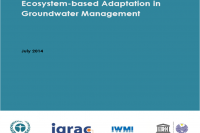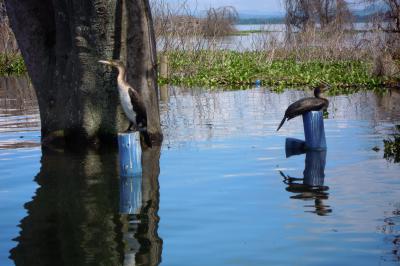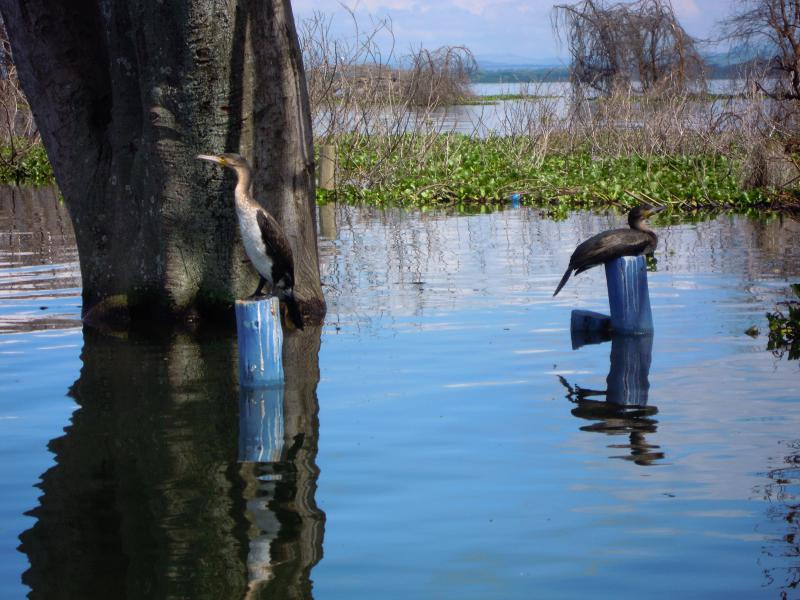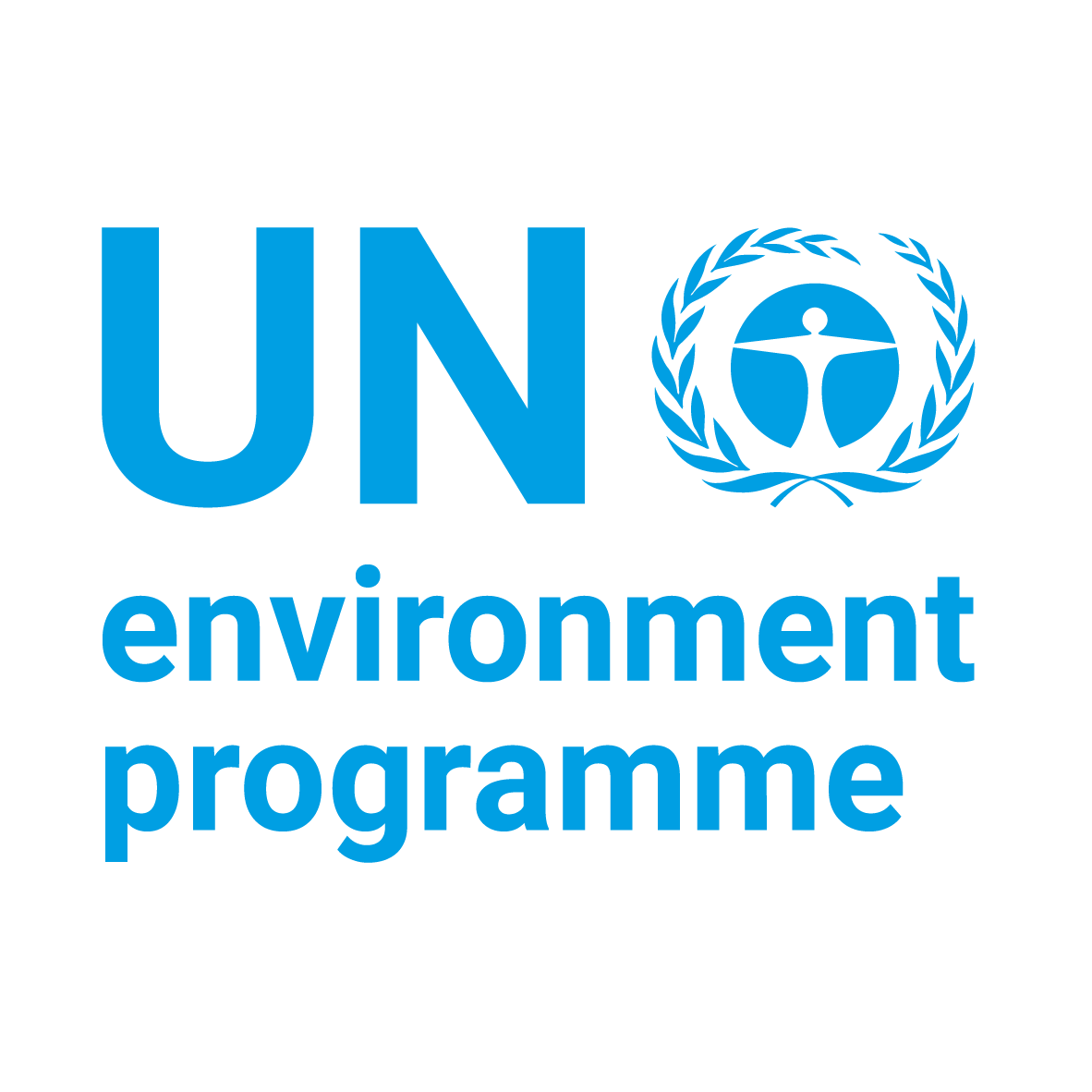Wetland
Wetlands are typically classified in three categories: marine and coastal wetlands (estuaries, near-shore areas, coral reefs), inland wetlands (lakes, rivers, oases, wet grasslands and peatlands) and human-made wetlands (reservoirs, fish ponds). Wetland ecosystems provide a wide range of ecosystem services, including breeding habitats, water filtering, as well as cultural and aesthetic values. Wetlands have been recognized as the most biologically diverse of all ecosystems, as well as the most vulnerable and with the highest rate of loss. Changing temperature and precipitation patters are likely to cause alterations in biodiversity and wetland structure. EbA interventions in wetlands represent a cost effective way of addressing climate change impacts such as increased flooding risks.











